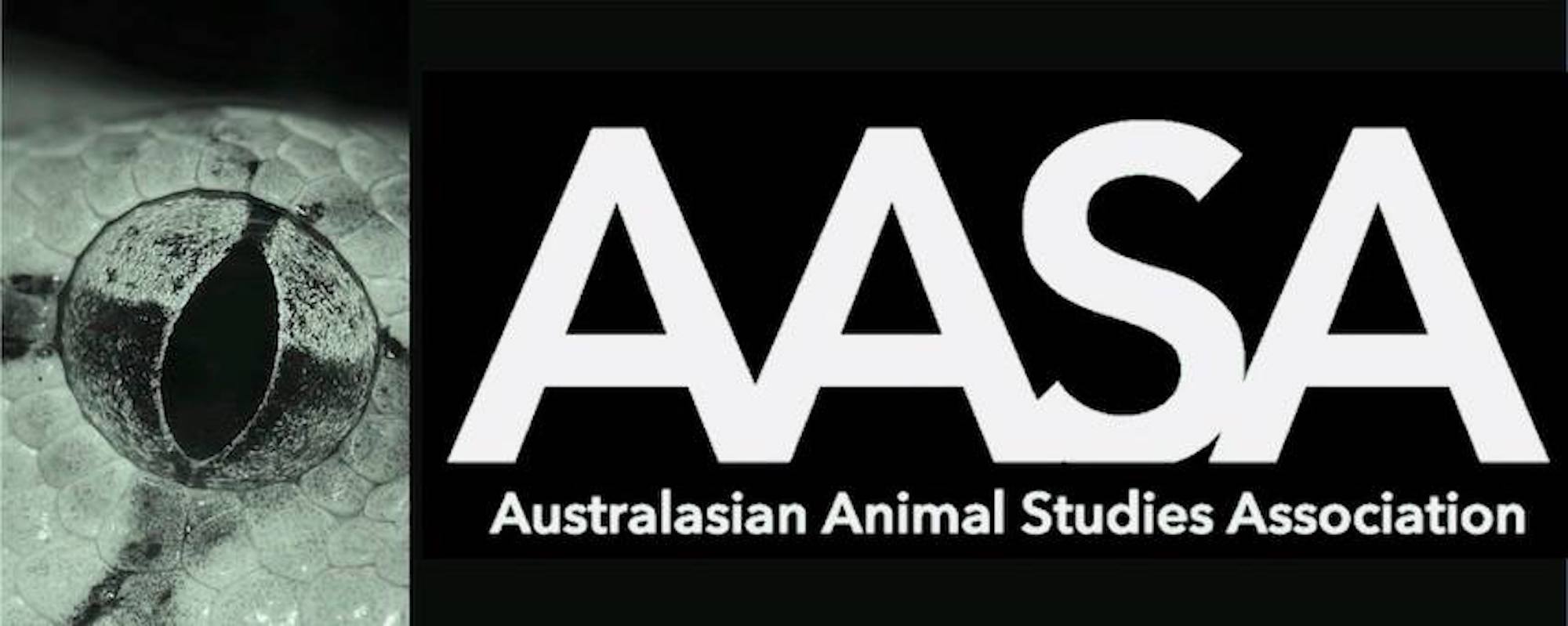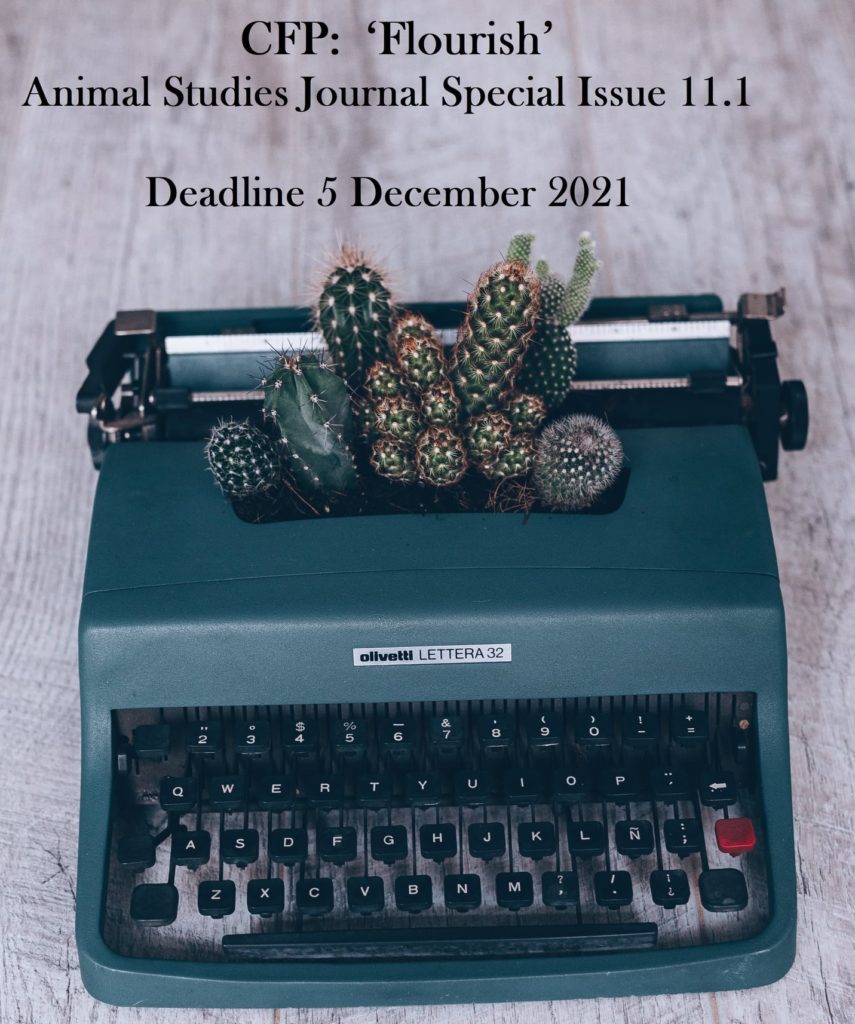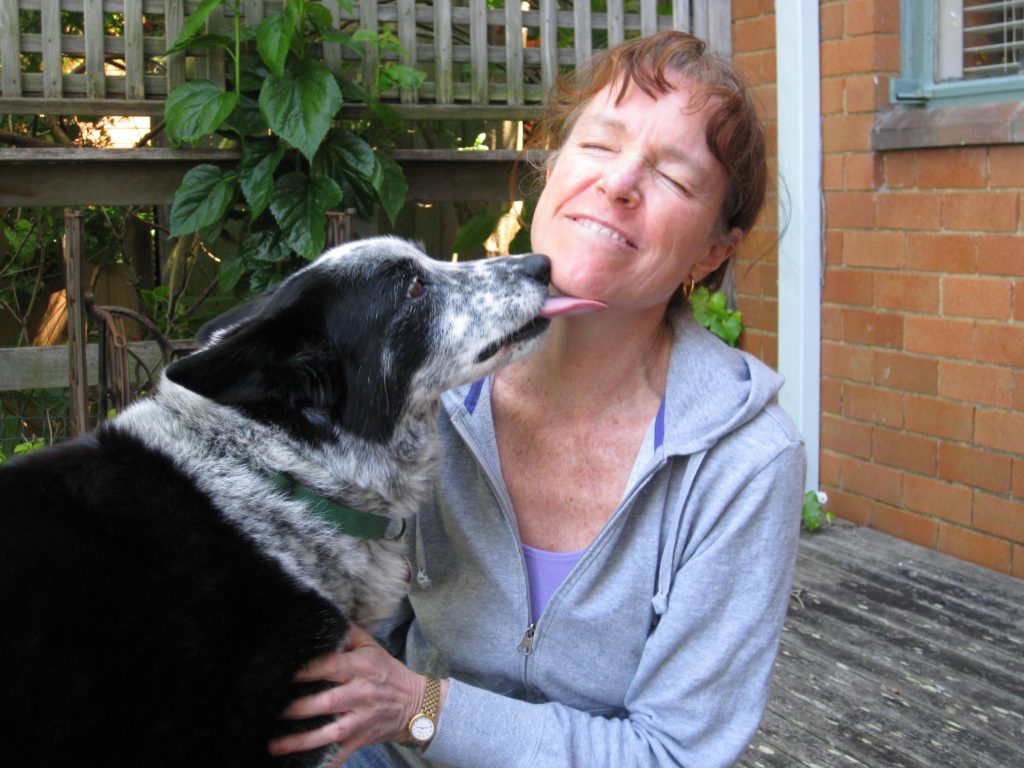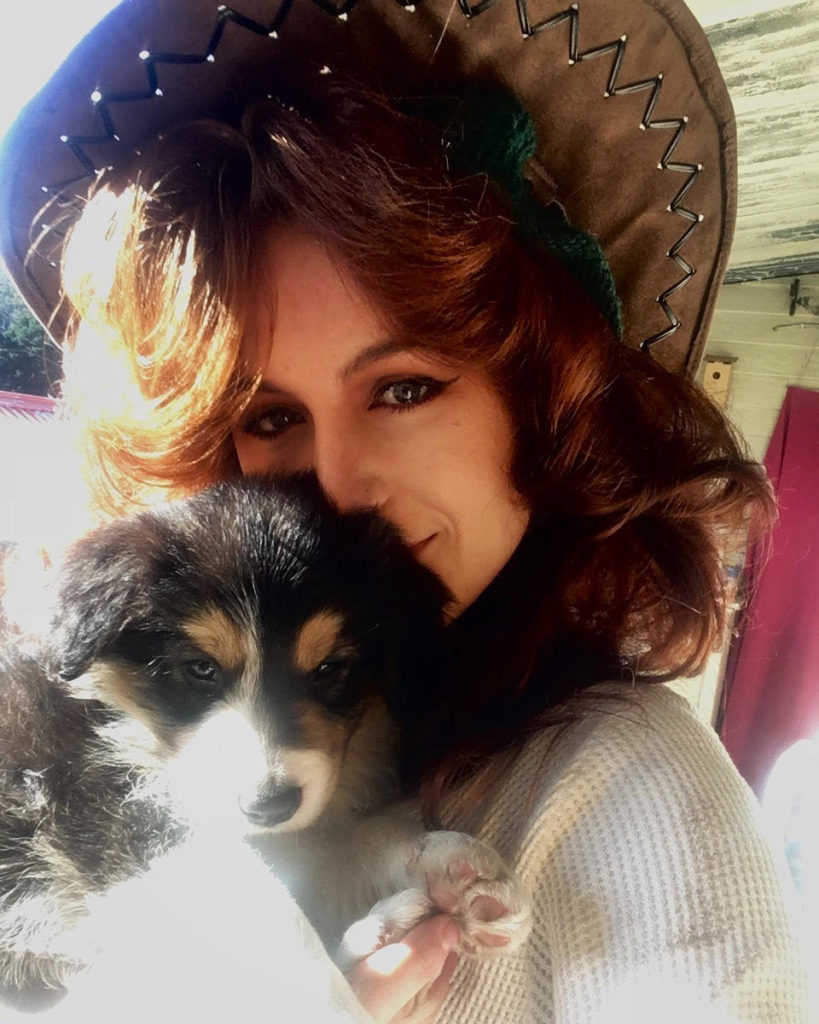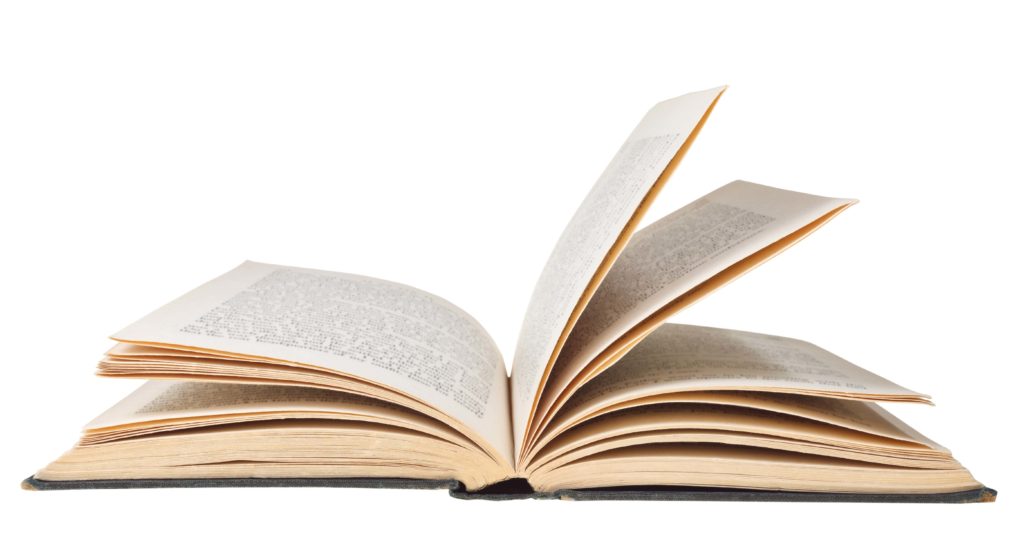CFP: Animal Studies Journal Special Issue ‘Flourish’ deadline 5 December
Coinciding with and complementing the Australasian Animal Studies Association’s 2021 online conference ‘Flourishing Animals’ [see https://artsfront.com/event/137832-flourishing-animals], Animal Studies Journal invites contributions to a special issue on this theme. AASA’s conference […]
